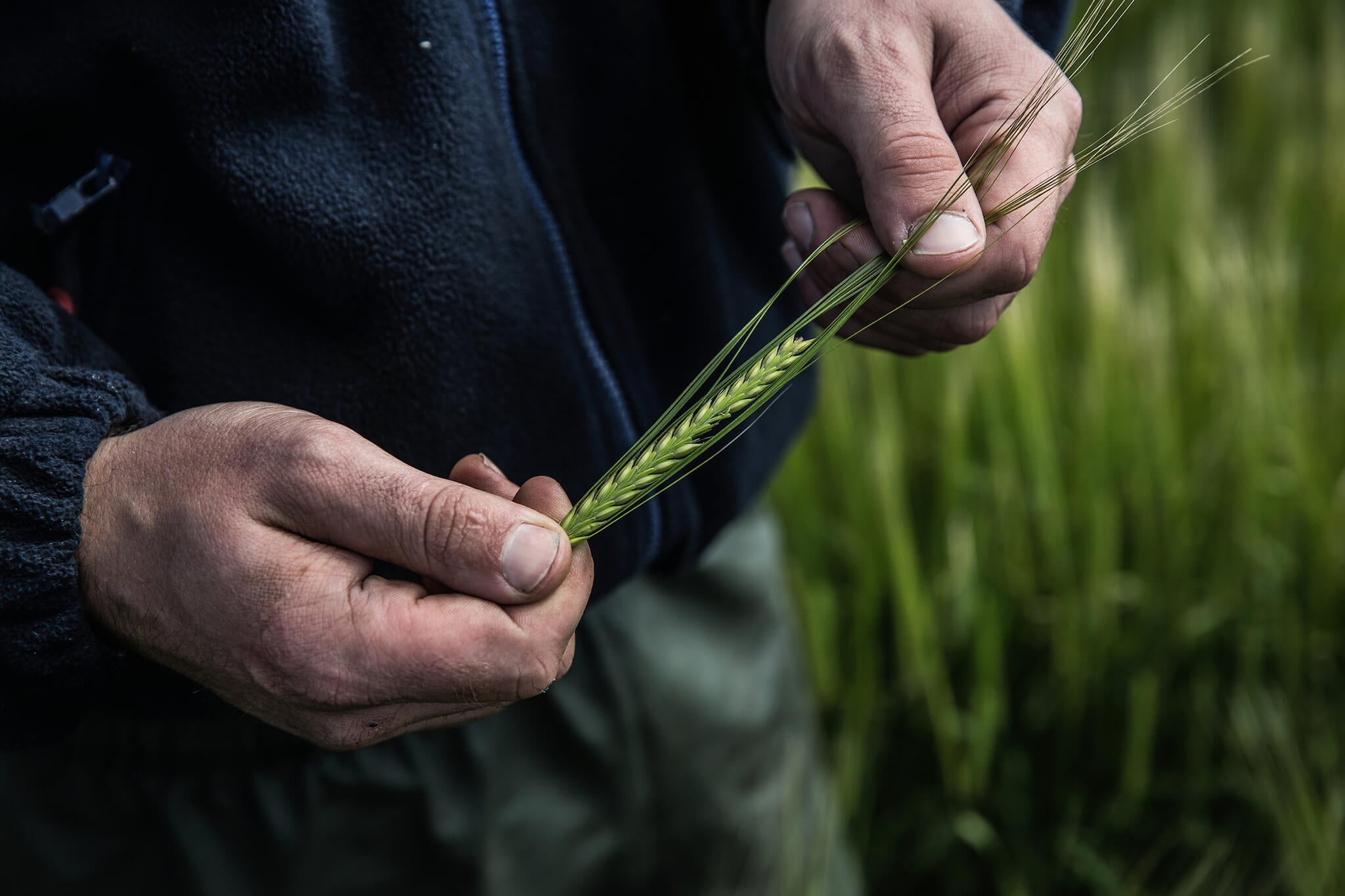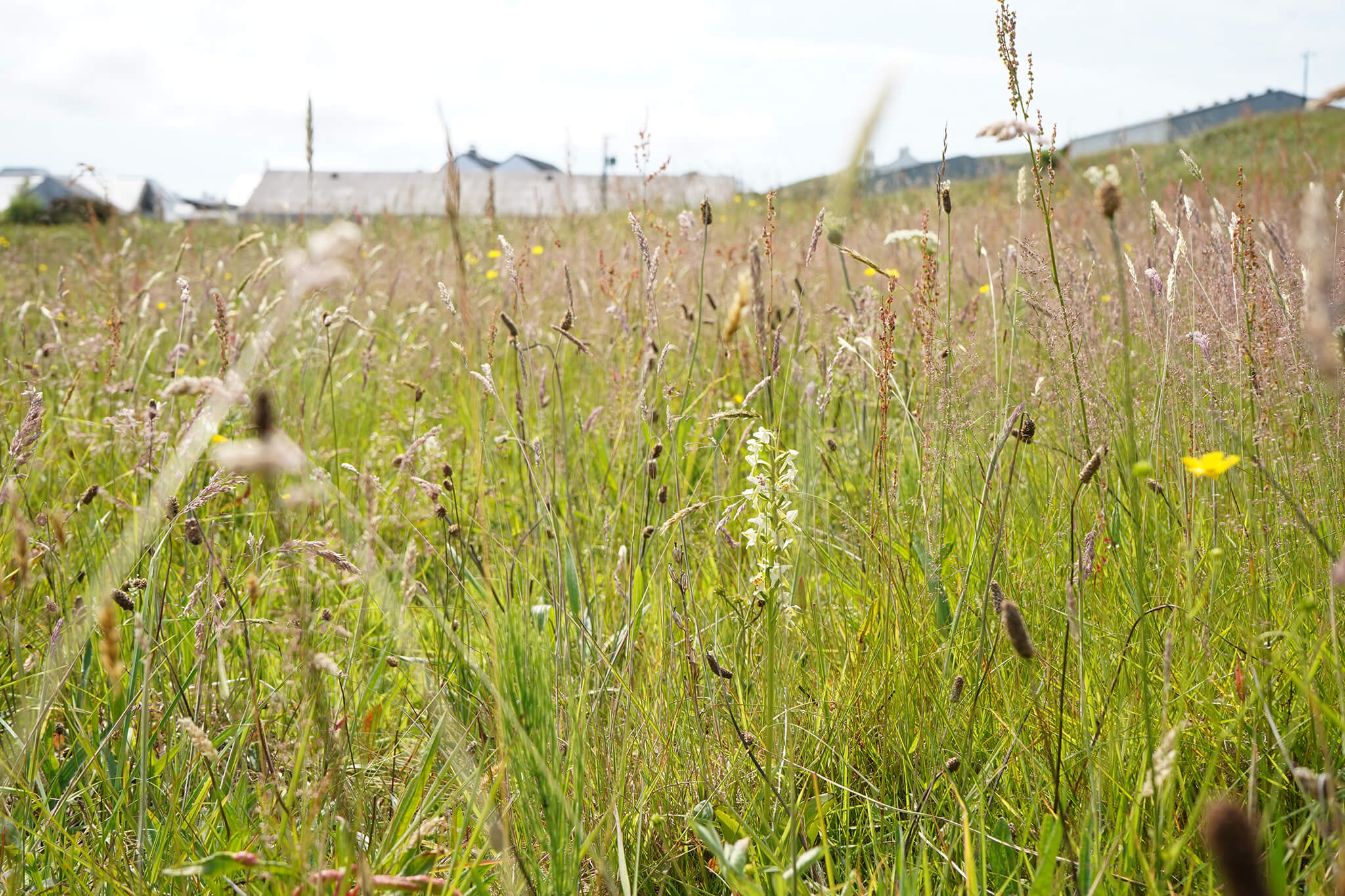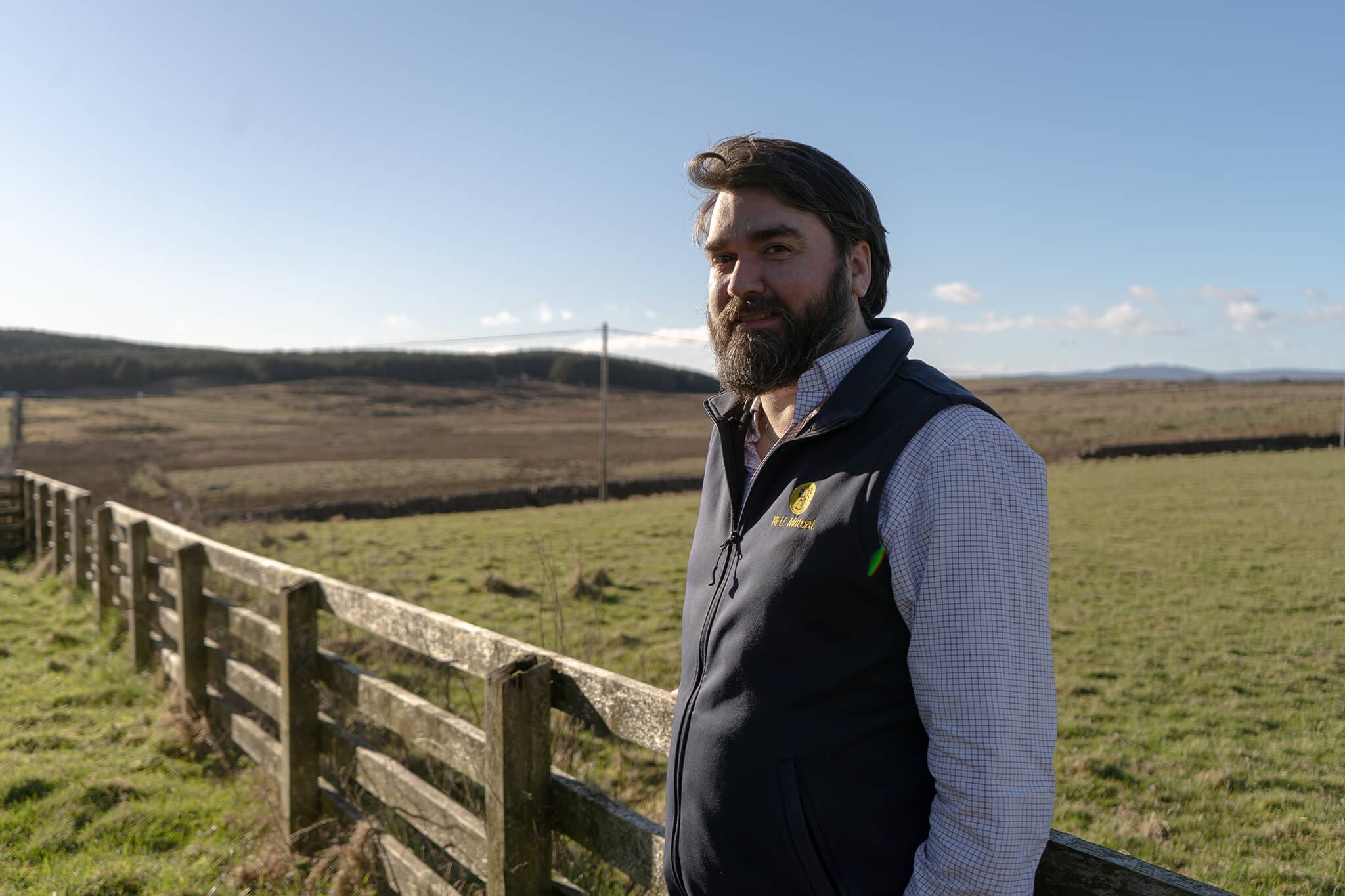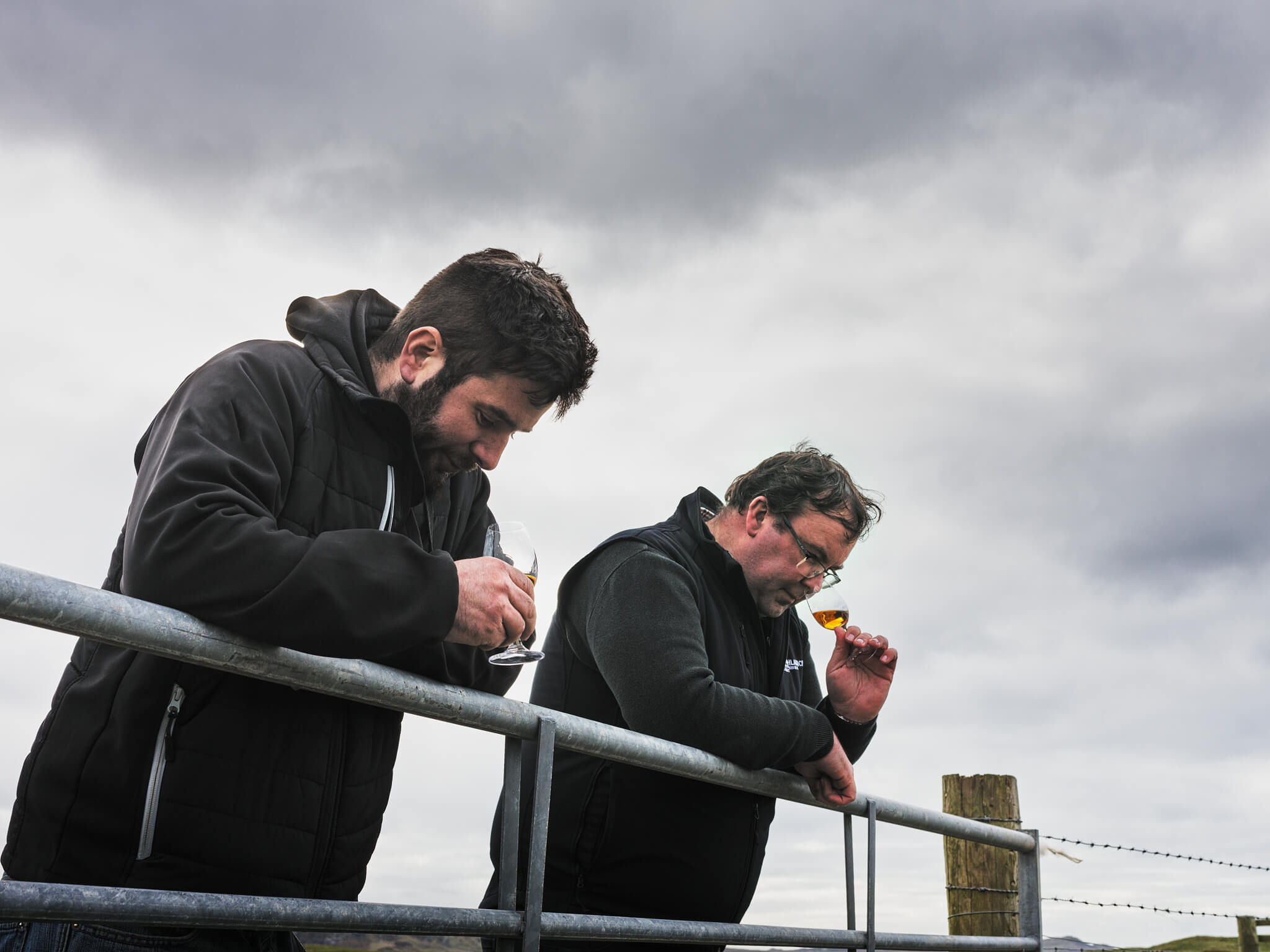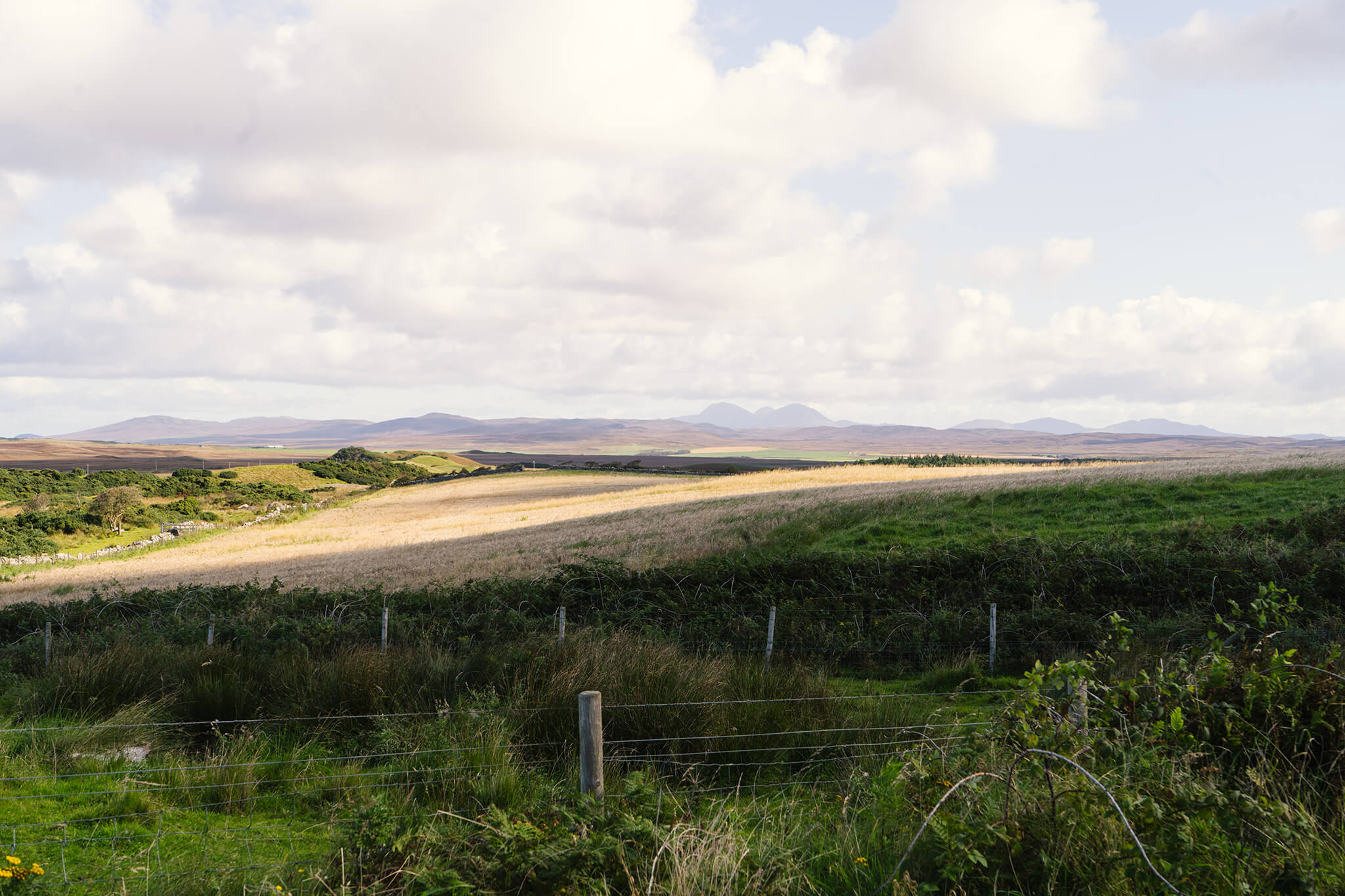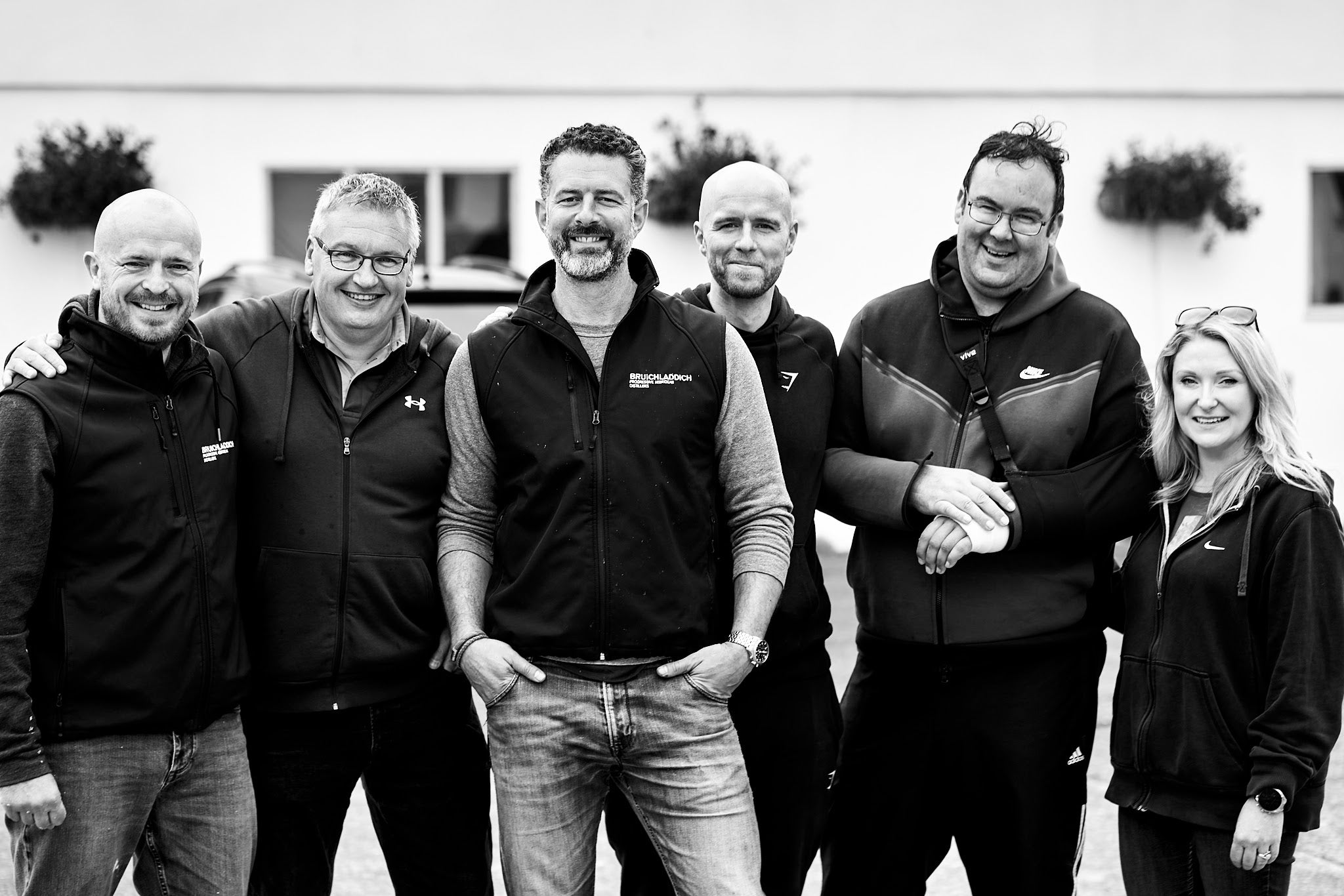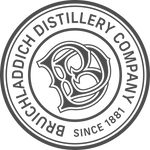Islay: the Sustainable Farming Challenge
- 5 mins
What does a sustainable future for farming look like on Islay, and how does the
whisky we make impact the land at our feet? Hannah Thaxter interviews
local National Farming Union rep, Garry MacLean.
Everything in the farming ecosystem inter-depends. It’s complicated, full of trade-offs and knock-on effects.
We’re at a point in history, nationally as we leave Europe, and globally as climate change becomes a major consideration, in which all farmers are facing change. Meanwhile, Islay faces its own particular challenges.
As we make whisky from Islay barley, we are part of the agricultural practice, depending on and championing our farmer partners who produce the raw ingredient we use. They help us create single malts with total traceability, showcasing the importance of flavour and terroir. So, we have both an interest and a responsibility to this ecosystem.
But what does a sustainable system look like here?
We interviewed Garry MacLean, Group Secretary for Islay, Jura and Colonsay Branch of the National Farmers Union, crofter, and partner in the local NFU mutual insurance agency.
